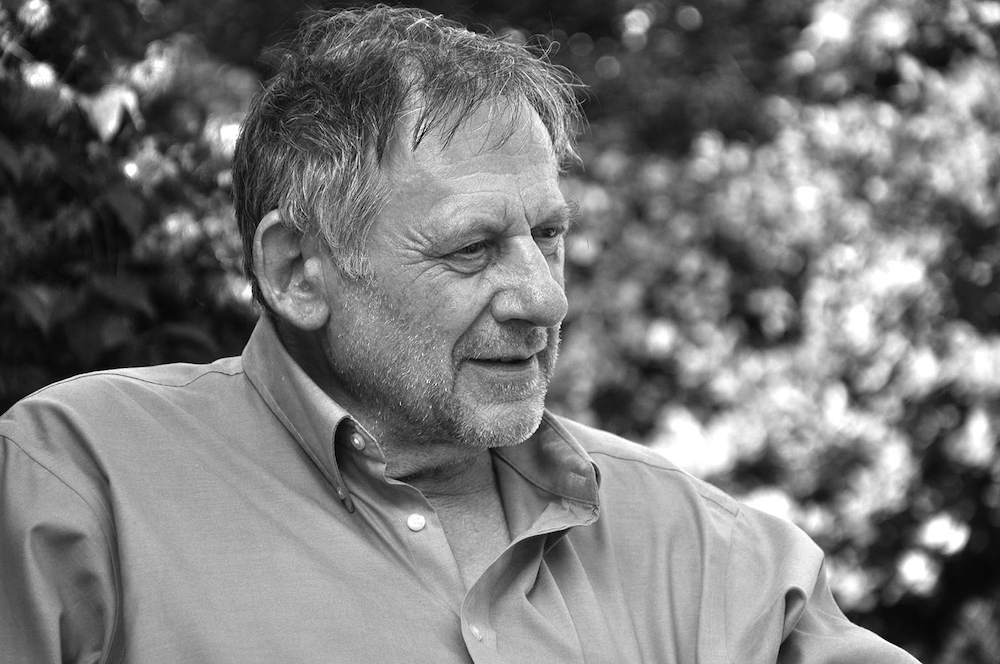In Memoriam: Christopher Alexander

With great sorrow we announce the passing of Christopher Alexander, Professor Emeritus of Architecture and father of the pattern language movement.
An architectural theorist best known for his pioneering and influential works, including A Pattern Language, Notes on the Synthesis of Form, and The Nature of Order, Volumes I-IV, Alexander employed both future technologies and building practices informed by tradition. He died peacefully at home on March 17, 2022 at the age of 85.
Over the course of his career, Alexander designed and built more than two hundred buildings on five continents. Much of his work was based on inventions in technology — including concrete, shell design and contracting procedures needed to attain a living architecture. His theories about the nature of human-centered design have affected fields beyond architecture, including urban design, software, and sociology.
Alexander was the founder of the Center for Environmental Structure in 1967, and remained President of that company until his death. In 2000, he founded PatternLanguage.com, a professional firm and consulting agency whose philosophies contributed to contemporary architectural communities of practice, including the New Urbanist movement, to help people to reclaim control over their own built environment. In this role, he was a consultant to city, county, and national governments and advised corporations, government agencies and architects and planners throughout the world. He was known to be controversial with his critical eye towards contemporary architecture.
Alexander taught at UC Berkeley’s Department of Architecture, influencing thousands of students. He was elected a fellow of the American Academy of Arts and Sciences in 1996, is a fellow of the Swedish Royal Society, andwas the recipient of innumerable architectural prizes and honors, including the gold medal for research of the American Institute of Architects, awarded in 1970.
Alexander held a Master’s in Mathematics and a Bachelor’s in Architecture from Cambridge University, and a PhD in Architecture from Harvard University. In 1958, he moved to the United States where he resided in Berkeley, CA until moving back to West Sussex, England in 2002, where he resided until his death.
The College of Environmental Design extends its condolences to the family, friends, and colleagues that mourn his loss around the world.
He is survived by his wife Maggie and daughters Lily and Sophie.